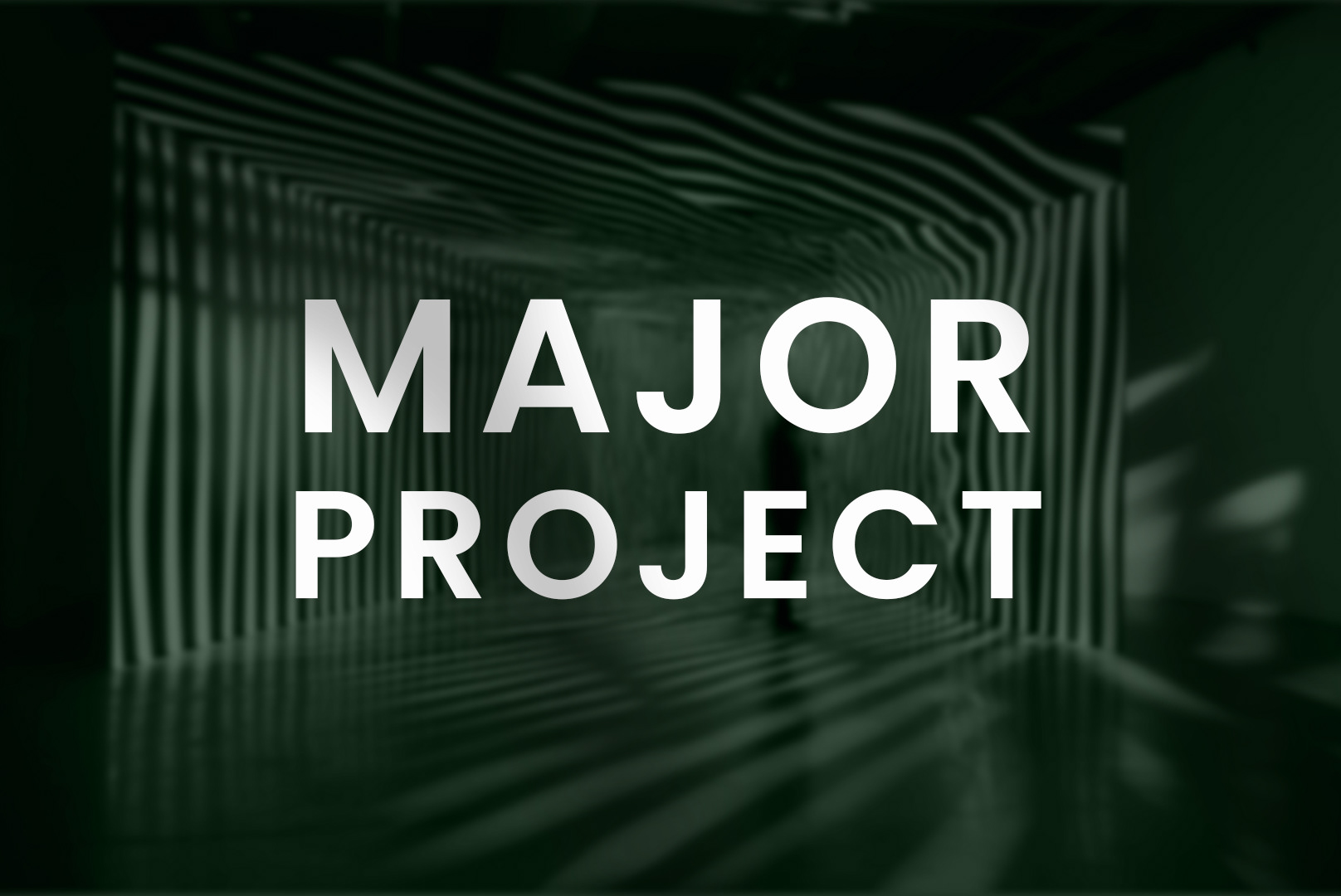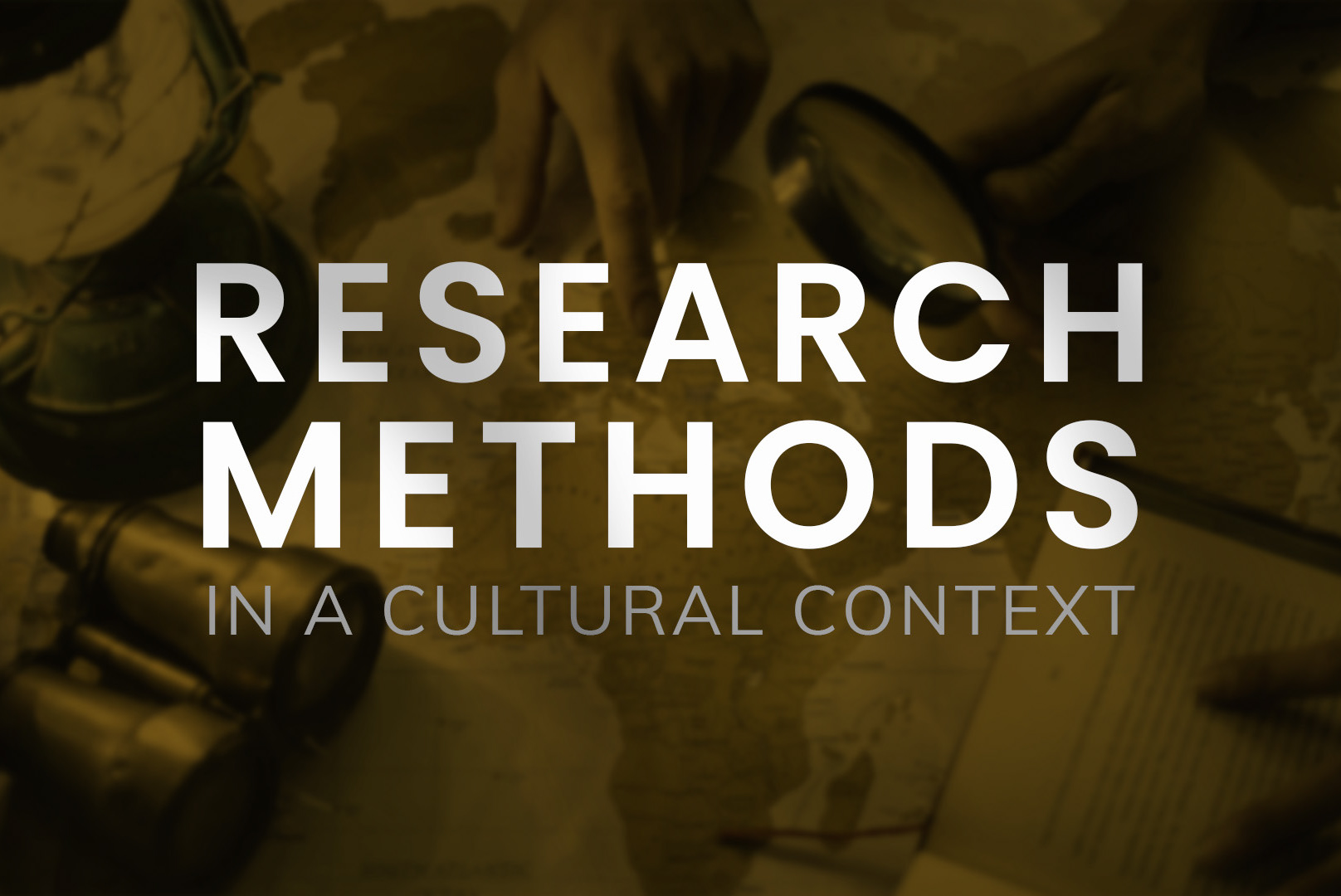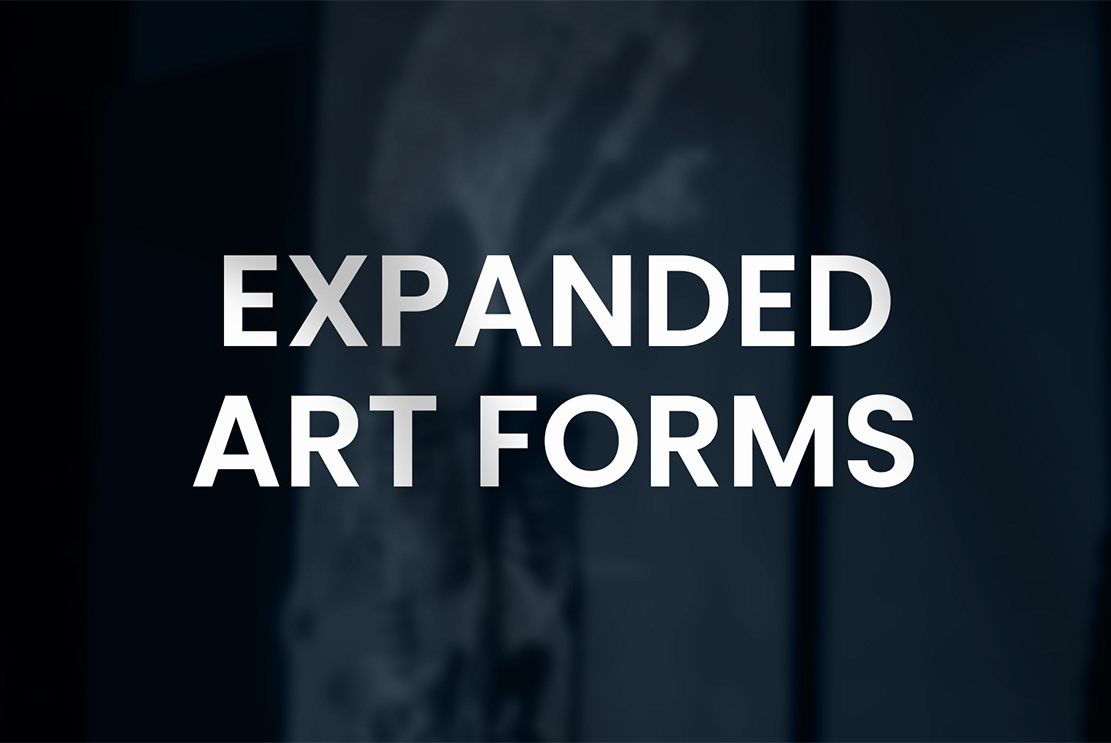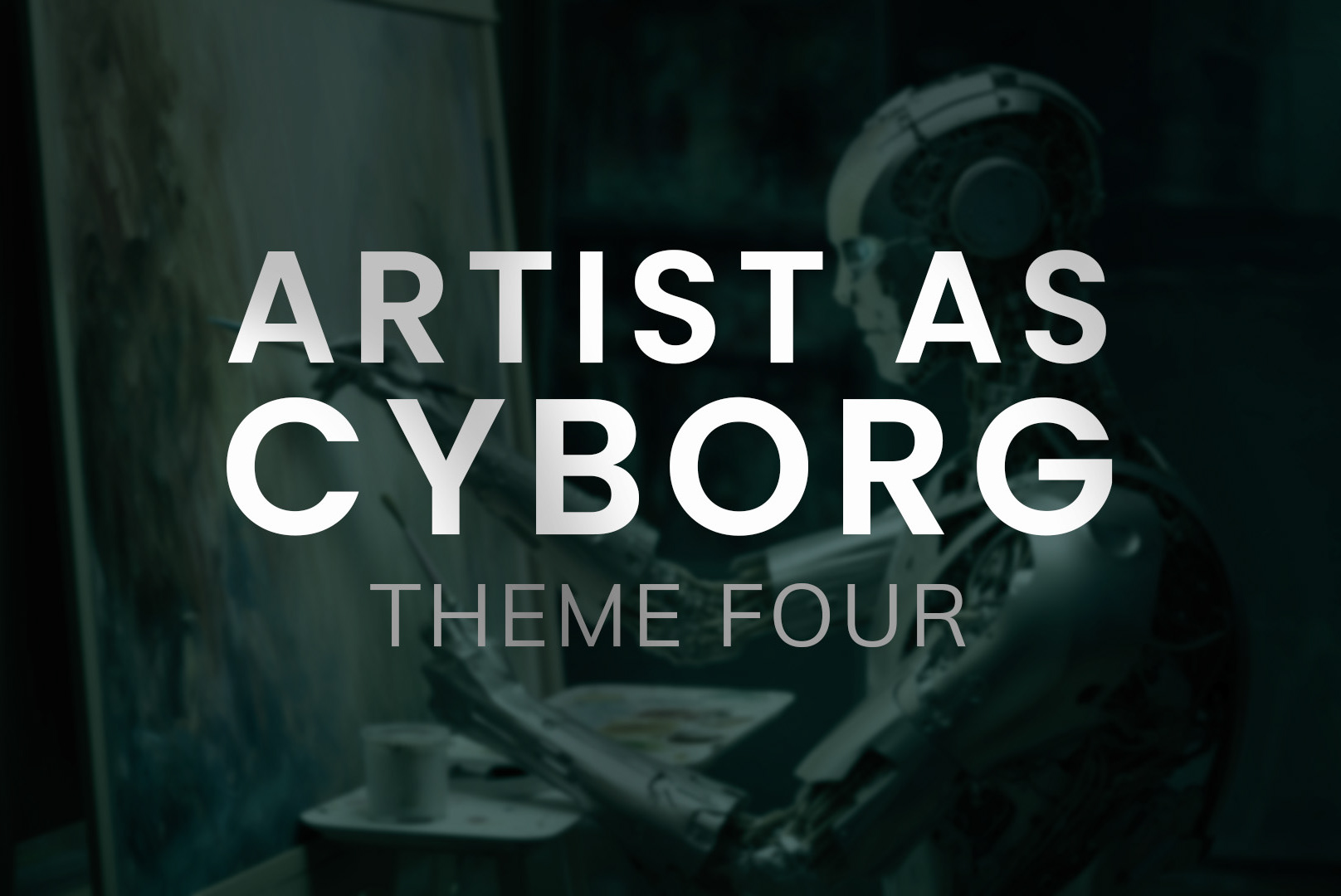The Artist as Conduit highlights the role of the artist as a channel for tacit and embodied knowledge, emphasizing tactile and experiential ways of creating. By engaging with haptic visuality and bodily knowledge, this theme encourages artists to draw on their innate creative drive, exploring their practice through sensory and tactile experiences. It is about using the hands and body as conduits to translate unspoken, lived experiences into meaningful artistic expressions.
- RESEARCH -
Anish Kapoor
Anish Kapoor’s sculptures, like Cloud Gate and Memory, invite touch, using materials like steel and wax to create a lively, emotional experience. His work inspired me to think about how physicality and sensory engagement can make my own art connect more deeply with its meaning.
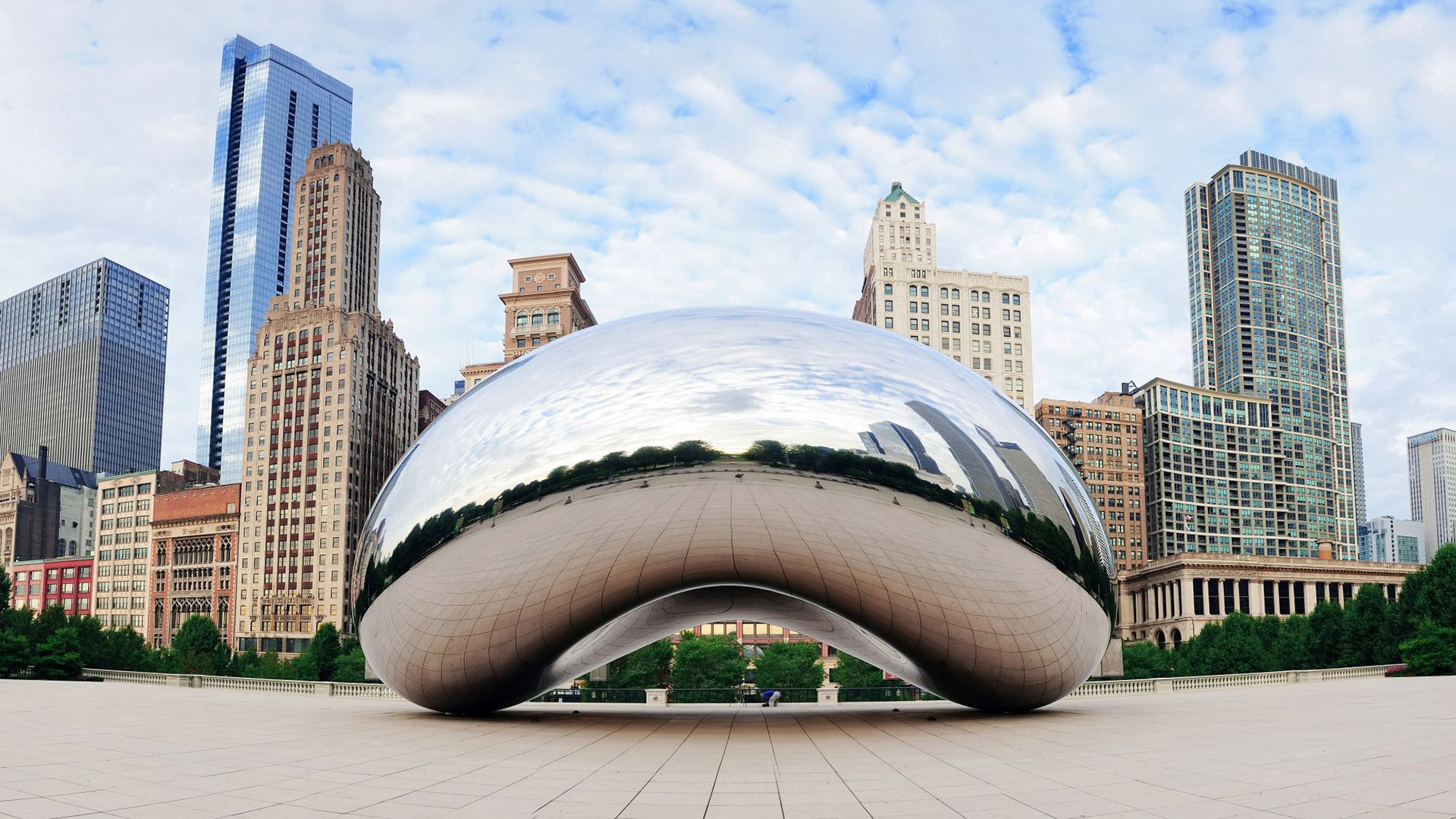
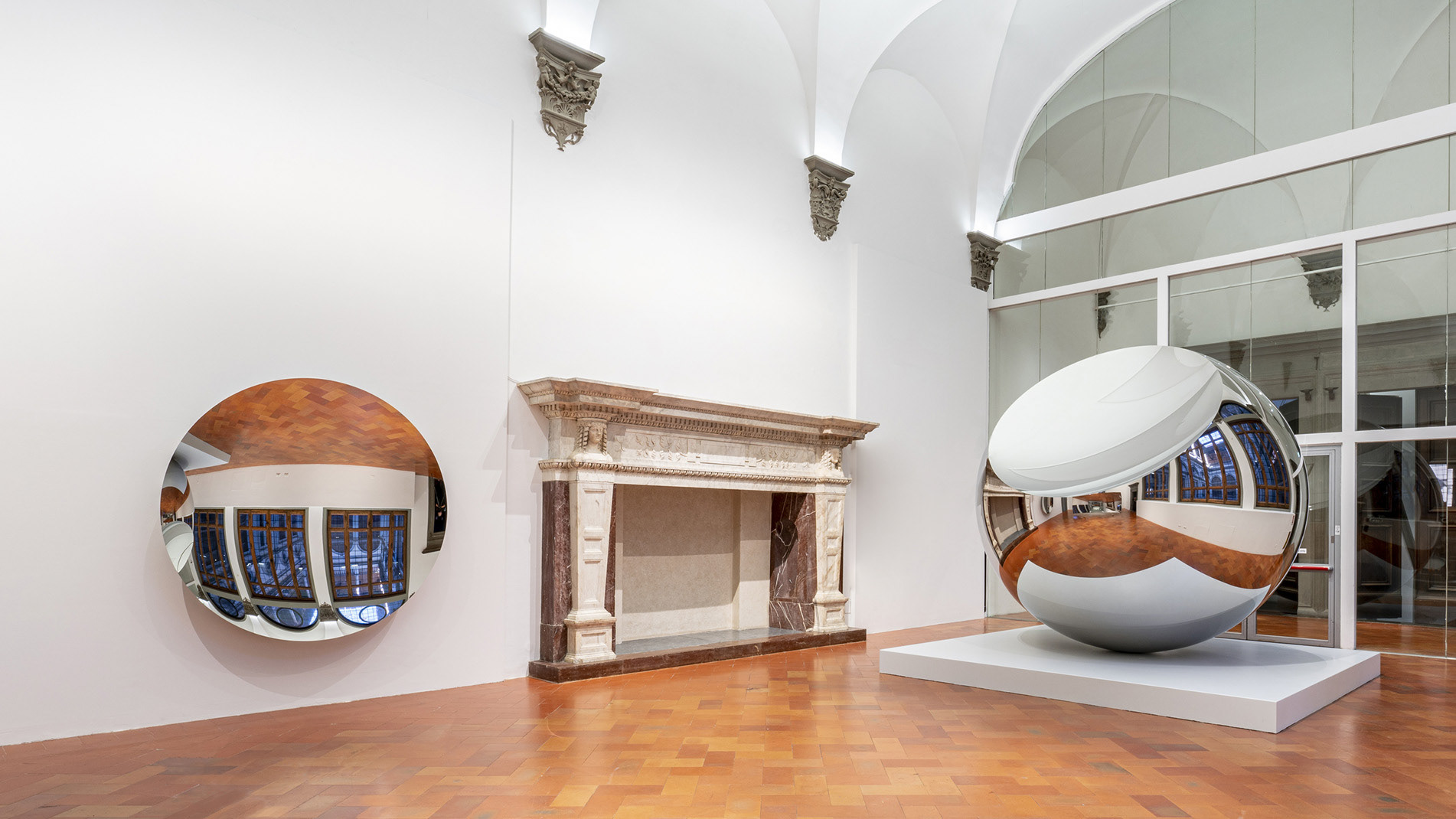
Applied Tactility
Since exploring this theme, I’ve also started applying more tactile thinking into my professional work as a graphic designer. I’ve become more intentional about using texture, layering, and material references — even in digital formats — to make designs feel more grounded and sensory. Whether I’m working on branding, posters, or layouts, I now look for ways to bring a sense of touch and depth into the visuals. This shift has helped me create work that feels more human and engaging, where the viewer doesn’t just see the design, but almost feels it too.
Ramen
My project Ramen began as a way to explore how art can connect with the senses — not just through visuals, but through texture, touch, and experience. Inspired by the Artist as Conduct theme, I wanted to move beyond research and into physical engagement. I didn’t just study ramen as a subject; I immersed myself in it. I cooked it from scratch, visited ramen shops, observed how it was made, and paid close attention to the textures, colours, and even the sounds of the process. Every detail, from the softness of noodles to the steam rising from the broth, became part of the artistic experience.
This process reminded me of Anish Kapoor’s work, where material and emotion are closely tied together. Like Kapoor, I wasn’t trying to illustrate something, I was trying to feel it. Through each stage of the project, I learned that making can be a form of understanding. The act of kneading dough, preparing broth, or simply watching the routine of a ramen chef gave me insights that I couldn’t have reached through research alone. It was about being present with the materials and letting them guide the outcome, rather than forcing a fixed idea.
In the end, Ramen became a reflection of how sensory experience, routine, and cultural appreciation can live inside a creative process. It helped me realise that art doesn’t always have to be distant or conceptual; sometimes, it’s something you cook, touch, and taste. That physical connection shaped the final piece and made the whole process more grounded, personal, and real.
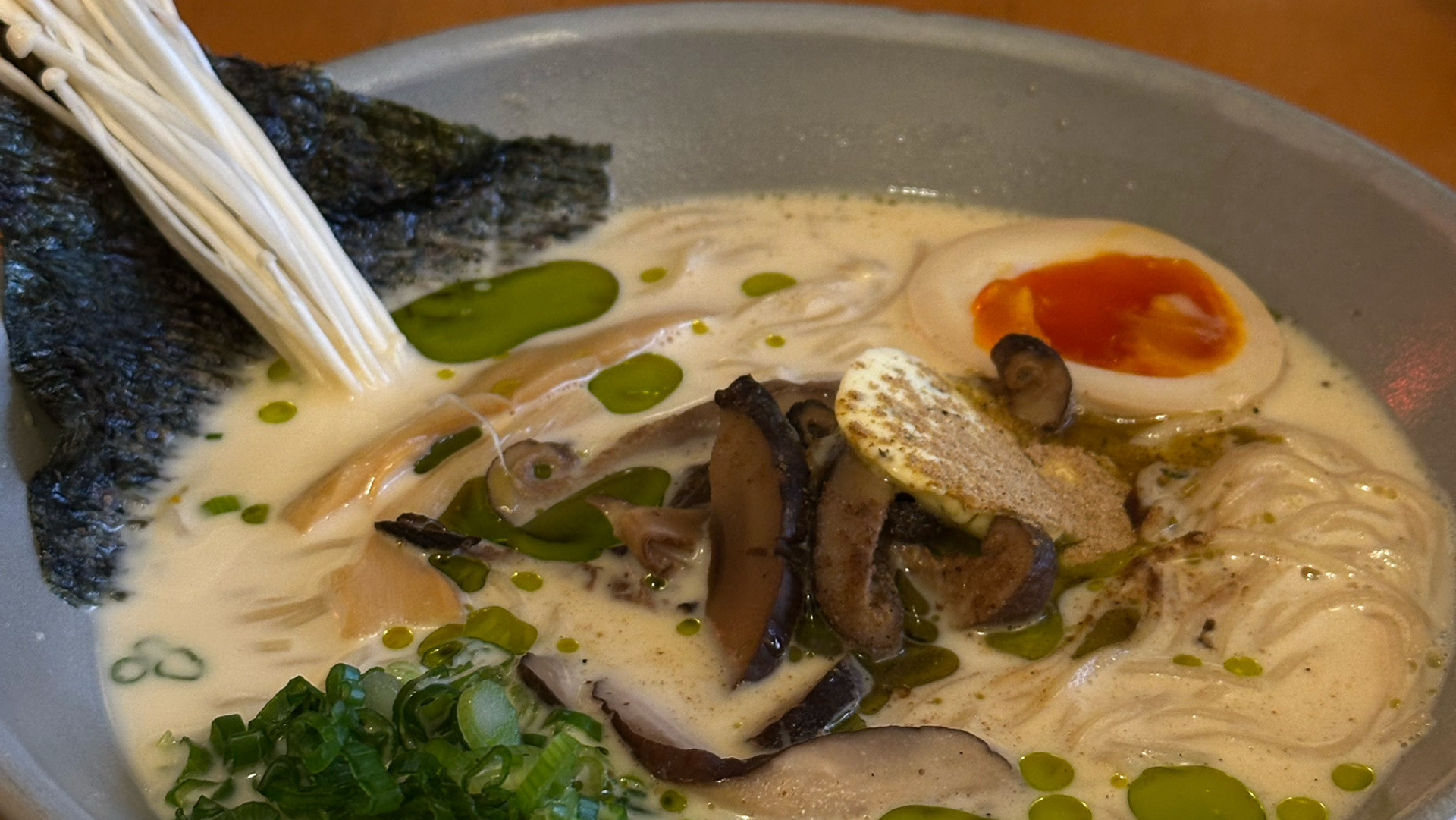
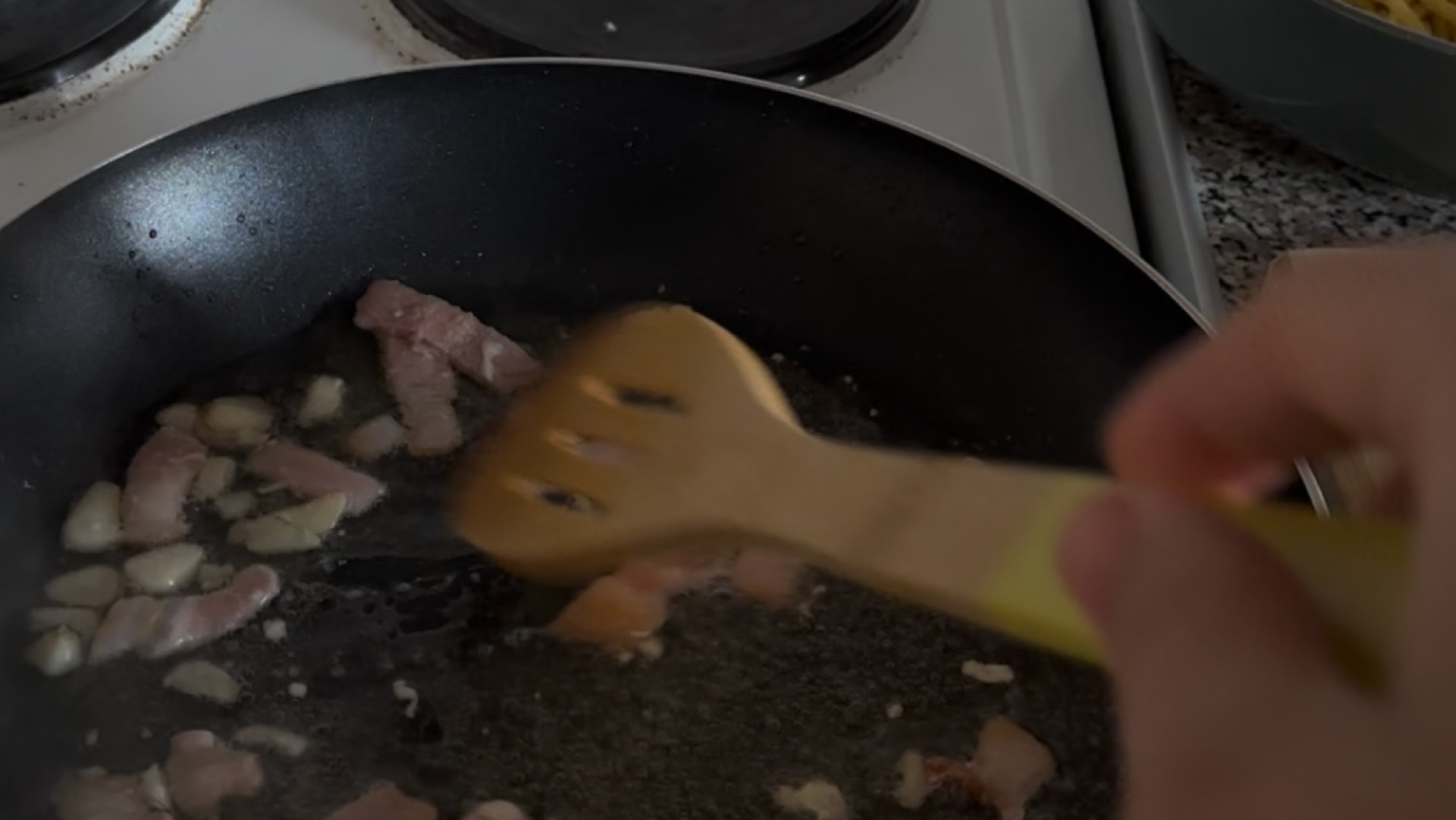
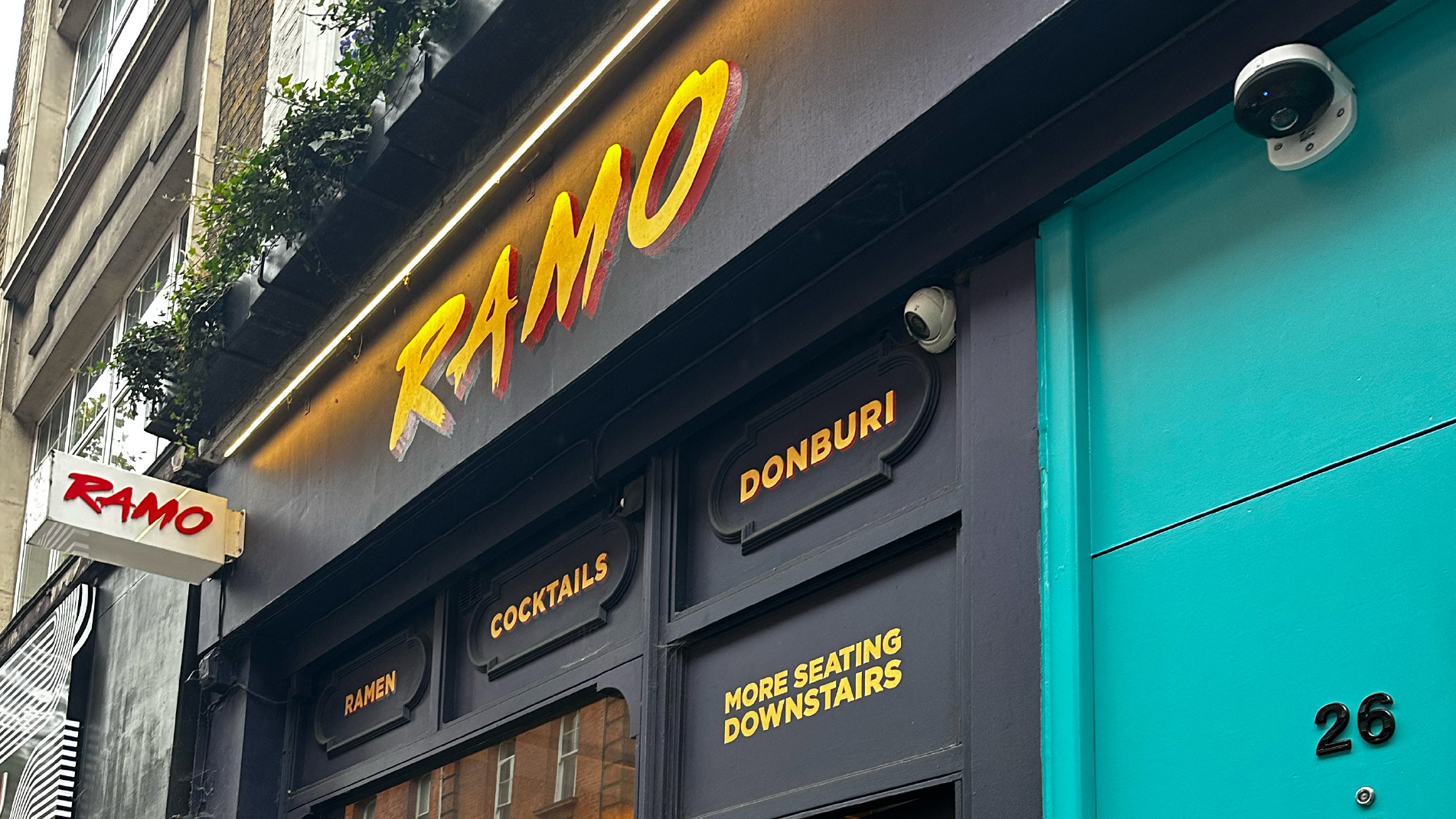
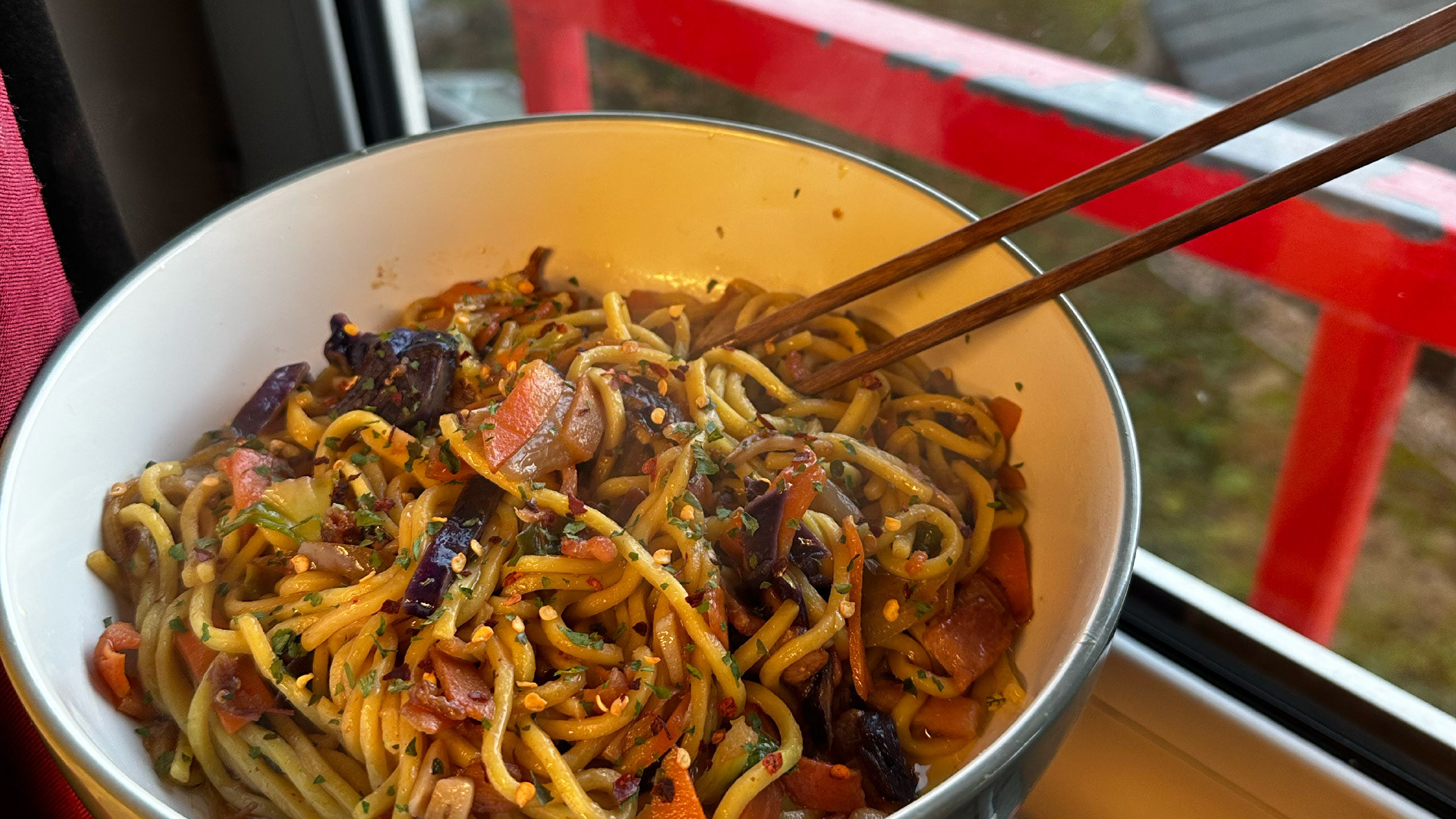
Reflection
The Artist as Conduct theme made me think about the role of the body, the senses, and unspoken knowledge in the creative process. It taught me that art sometimes is about the physical act of making, the feel of materials, and the quiet learning that happens through touch and repetition. This theme helped me value intuition and presence, reminding me that creativity often flows through the body before it reaches the page or screen. Whether I’m drawing, cooking, or building something by hand, I’ve started to see these moments of physical engagement as essential, not just steps toward a result, but experiences that shape the work itself.


